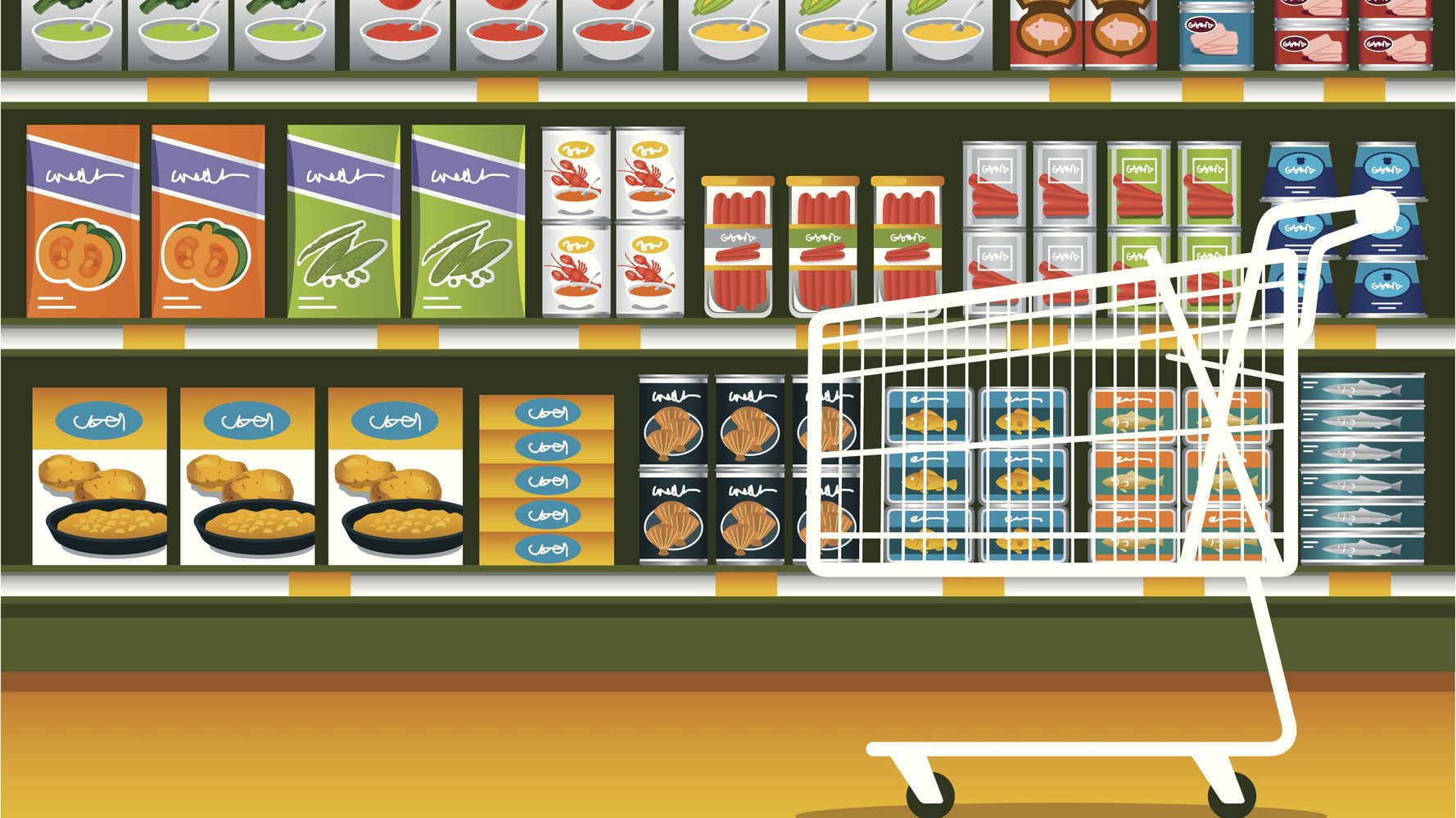Author’s note: I live in Italy, which has just been put under “lockdown” for the next three weeks as a result of the coronavirus epidemic. While I’m not under quarantine, circumstances have forced us all to consider that self-quarantine might be in our near future. I’ve thought a lot about how to keep my family of three comfortable and nourished should that occur. I’ve tried to maintain a level head and not panic while still being pragmatic and prepared. Yet every time I go to the grocery store, I shop as though it might be my last food run for two weeks.
A week ago, it might have seemed unthinkable. But if the reality hasn’t set in yet, it should be. As Italy imposes a nationwide lockdown to halt, or at least slow, the spread of novel coronavirus, the truth is that other countries may soon have to follow suit — including parts of the United States.
And as cases spread worldwide and more people are exposed to the virus, more and more individuals and families are going into imposed or voluntary quarantine — whether they test positive for coronavirus or not. This typically entails two weeks that they are supposed to stay indoors (or, at the most, in their own private yard or outdoor space) without contact or exposure to anyone outside their four walls.
So if the order to self-quarantine does darken your door, and assuming you don’t want to order pizza or Thai food for 14 days of breakfast, lunch and dinner, what food do you need to have on-hand for a two-week stint at home? (Consider that once you’re aware that you need to self-quarantine, it will already be too late to grocery shop.)
I spoke to Laura Fuentes, founder of MOMables.com, about meal-planning, nutrition and shopping in advance of a possible quarantine. The overarching message is: Plan ahead, but don’t panic.
Take inventory of what you already have on hand.
Before you rush out to Costco and start scooping bulk-wrapped juice boxes into your cart, take a deep breath, and take inventory.
“Most households in the U.S. have enough food stashed in their freezers and pantries to get them through a week,” Fuentes said. “Make a plan to eat what you have on hand first. Then head to the store and buy the other staples that will get you through two weeks.”
Rice, pasta, oats, whole grains and canned vegetables are the most practical choices, she said. “Not only do they have a long shelf life, they’re great meal builders for breakfast, pasta night, chilis, soups and stews.”
more on huffpost.com




